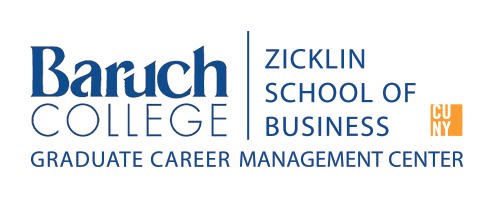Annie's Reading Room
Although part two technically contains six ways to make a lasting impression, I am only going to focus on the first three this week. I think each of these are useful enough that they require some time and energy to process without getting lost in the full list of six.
Although part two technically contains six ways to make a lasting impression, I am only going to focus on the first three this week. I think each of these are useful enough that they require some time and energy to process without getting lost in the full list of six.
 |
| Part Two: Six Ways To Make a Lasting Impression |
Take Interest in
Others’ Interests. To see the power in this tenet, we may turn to our
canine friends. “Dogs know by some divine instinct that you can make more
friends in minutes by becoming genuinely interested in other people than you
can in months of trying to get other people interested in you.” Dale Carnegie
is not suggesting licking other’s faces, but how can you not be won over by someone
who is so excited to see you? “The one who chooses to take interest in other’s
interests on a daily basis is set apart. We remember such people, befriend
them, and come to trust them more deeply.” So in other words, you don’t have to
sacrifice your own interests, but “when you incorporate others’ interests into
your own...you find that your interests are met in the process of helping
others.”
Smile. Hopefully,
smiling while engaging in face-to-face conversation is something you practice
already. However, the challenging part is indicating a smile through digital
conversations. Beyond emoticons, which may not always be appropriate, we have
the opportunity to demonstrate a smile through our voice and tone, whether that
be spoken or written. Always begin and end your message on a positive note. If
you are unsure of your ability to convey positivity, it may be best to forgo a
written message altogether and instead conduct the conversation in person.
Reign with Names.
The primary payoff of remembering people’s names, and using their names in
conversations with them, is that they therefore remember you. For most people,
nothing is sweeter than the sound of their own name.
Up next week, the remaining three!




